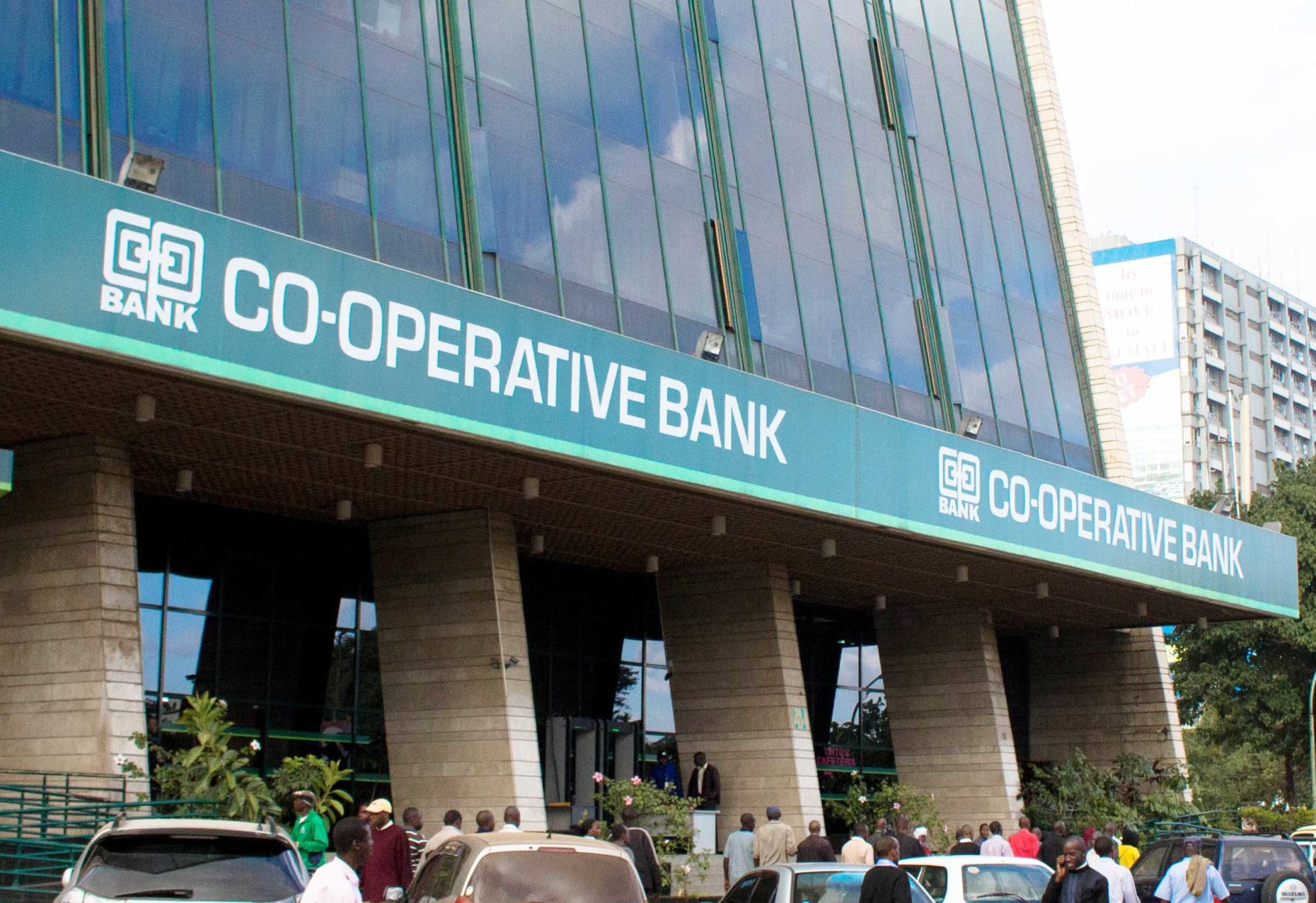The Kenyan Banking Sector asset base recorded a mixed trend in the quarter ended June 30, 2024, compared to the growth in the quarter ended March 31, 2024 a study has revealed.
In the recent Central Bank of Kenya commercial banks’ credit officer survey for quarter ended June 30, 2024 where 38 commercial banks and 1 mortgage finance company participated revealed that the ratio of gross loans to total assets was 53.5 per cent in the quarter ended June 30, 2024, a decrease from 54.4 per cent in the quarter ended March 31, 2024.
The survey which was aimed to establish the lending behaviour in the banking sector in respect to all the eleven economic sectors showed some of the sector’s performance indicators are as follows: –
The total assets increased by 0.5 per cent to Ksh7, 552.0 billion in June 2024, from Ksh7, 513.1 billion in March 2024. The gross loans decreased by 1.0 per cent from Ksh4, 083.6 billion in March 2024, to Ksh4, 041.3billion in June 2024.
The decrease in gross loans was largely witnessed in the Agriculture, Manufacturing, Mining and Quarrying, Financial Services, and Tourism, Restaurant and Hotels sectors.
The total deposits increased by 1.2 per cent from Ksh5, 525.3 billion in March 2024, to Ksh5, 589.1billion in June 2024.
“The asset quality, measured by gross nonperforming loans to gross loans ratio deteriorated from 15.7 per cent in March 2024, to 16.3 per cent in June 2024. This was due to increase in gross Non-Performing Loans per sector (NPLs) of 2.5 per cent and a decrease in gross loans of 1.0 per cent,” the report reads in part.
The capital adequacy ratio increased marginally to 19.1 per cent in June 2024, from 18.6 per cent in March 2024 as quarterly profit before tax decreased by Ksh7.4billion from Ksh73.5 billion in the quarter ended March 2024, to Ksh66.1 billion in the quarter ended June 2024.
The decrease in profitability was mainly attributable to a higher increase in quarterly expenses by Ksh7.7 billion compared to increase in quarterly income by Ksh0.3 billion.
READ ALSO:
Relief for consumers as increased sugar production lowers retail prices
Return on Equity (ROE) decreased from 27.8 per cent in March 2024, to 26.0 percent in June 2024. This was due to a decrease in quarterly profits and increase in shareholders’ funds.
Liquidity in the banking sector marginally decreased from 53.6 per cent in March 2024, to 53.5 per cent in June 2024. This was well above the minimum statutory ratio of 20 per cent.
Among the key findings of the survey include; in the second quarter of 2024, the perceived demand for credit remained unchanged in nine economic sectors. It increased in Trade, and Personal and Household sectors, in the second quarter of 2024, credit standards remained unchanged in all economic sectors.
Respondents indicated that the level of NPLs is expected to remain constant in six economic sectors, increase in Personal and Household, Trade, Real Estate, and Building and Construction sectors, and decrease in Transport and Communications sector during the next quarter.
For the quarter ending September 30, 2024, banks expect to intensify their credit recovery efforts in eight economic sectors and retain them in three sectors (Mining and Quarrying, Energy and Water, and Financial Services). The intensified recovery efforts are aimed at improving the overall quality of the asset portfolio.
Most banks have adopted a tight credit risk appraisal, ensuring that facilities are well secured and that alternative sources of repayment are available. Also, during the quarter ended June 30, 2024, all of the respondents had implemented International Financial Reporting Standard (IFRS) 16 on Leases.
During the quarter ended June 30, 2024, 65 percent of the respondents indicated that their liquidity position had improved. Banks intend to deploy the additional liquidity towards lending to the private sector (30 per cent), investing in Treasury Bills (22 per cent), interbank lending (20 per cent), investing in Treasury Bonds (16 per cent), take advantage of CBK liquidity through repos (5 per cent), increase their cash holdings (5 per cent), and invest in other instruments including offshore (1 per cent).
Around five factors had little impact on credit standards whereas expectations regarding general economic activity led to tightening of credit standards.
They include; competition from DTMs, Saccos, and other Credit Providers, COVID -19 pandemic, and investment in Government Securities, are the main factors that had no impact on credit standards.
They were reported by 95 per cent, 95 per cent, and 82 per cent of the respondents respectively.
By Vostine Ratemo
Get more stories from our website: Sacco Review.
For comments and clarifications, write to: Saccoreview@
Kindly follow us via our social media pages on Facebook: Sacco Review Newspaper for timely updates
Stay ahead of the pack! Grab the latest Sacco Review newspaper!



